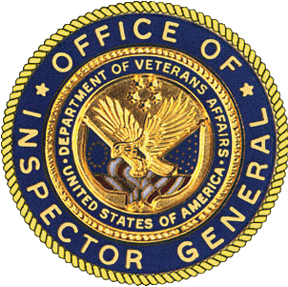VA Needs to Conduct Seismic Evaluations on Critical and Essential Buildings to Effectively Prioritize Program Funds
Report Information
Summary
The Office of Inspector General (OIG) conducted this audit to determine if VA adhered to program requirements in using more than $1 billion appropriated by Congress from fiscal year (FY) 2019 through FY 2021 to repair buildings with identified seismic deficiencies in zones prone to earthquakes. The OIG reviewed 92 projects funded during that period and determined 42 of the buildings (46 percent) were nonessential, as opposed to critical buildings that must remain operational during a seismic event. The cost to address deficiencies in these 42 ancillary buildings was around $616 million.
According to data from the Seismic Program Office, seismic evaluations had not been performed on 135 buildings considered critical or essential by February 23, 2023. The program office’s approval of funding to address seismic deficiencies in ancillary buildings without first completing all required seismic evaluations in critical and essential buildings increases the risks to veteran and employee safety and impedes the ability to continue to provide lifesaving care during and after an earthquake.
The OIG found that the seismic evaluations were not completed because the program office placed a low priority on them and did not assign a deadline for their completion, despite a 2015 OIG audit recommending this issue be addressed. The program office also lacked an effective process for identifying and tracking buildings needing evaluations. Moreover, seismic data in VA’s Capital Asset Inventory—the authoritative record of VA’s real property—were incomplete, outdated, and not accessible to most VA engineering officials.
The OIG recommended VA ensure seismic evaluations are done for all critical and essential buildings, work to correct Capital Asset Inventory inaccuracies, and request that seismic designation information be available to facility officials for review as part of their annual certifications of the Capital Asset Inventory.
The executive director of VA’s Office of Construction and Facilities Management should confirm seismic evaluations are done for all critical and essential buildings in high and very high seismic zones immediately to ensure they meet life, safety, and occupancy performance standards
The executive director of the Office of Construction and Facilities Management should review the Capital Asset Inventory and work with Veterans Health Administration Office of Capital Asset Management, Veterans Integrated Service Network capital asset managers, and VA medical facility engineers to update and correct inaccurate seismic data in the Capital Asset Inventory.
The executive director of the Office of Construction and Facilities Management should submit change requests to the Capital Asset Inventory so that critical and essential designations are visible to medical center engineers and Veterans Integrated Service Network capital asset managers.
The executive director of the Office of Asset Enterprise Management should ensure facilities and Veterans Integrated Service Networks review critical and essential designations as part of their annual certifications of the Capital Asset Inventory.
